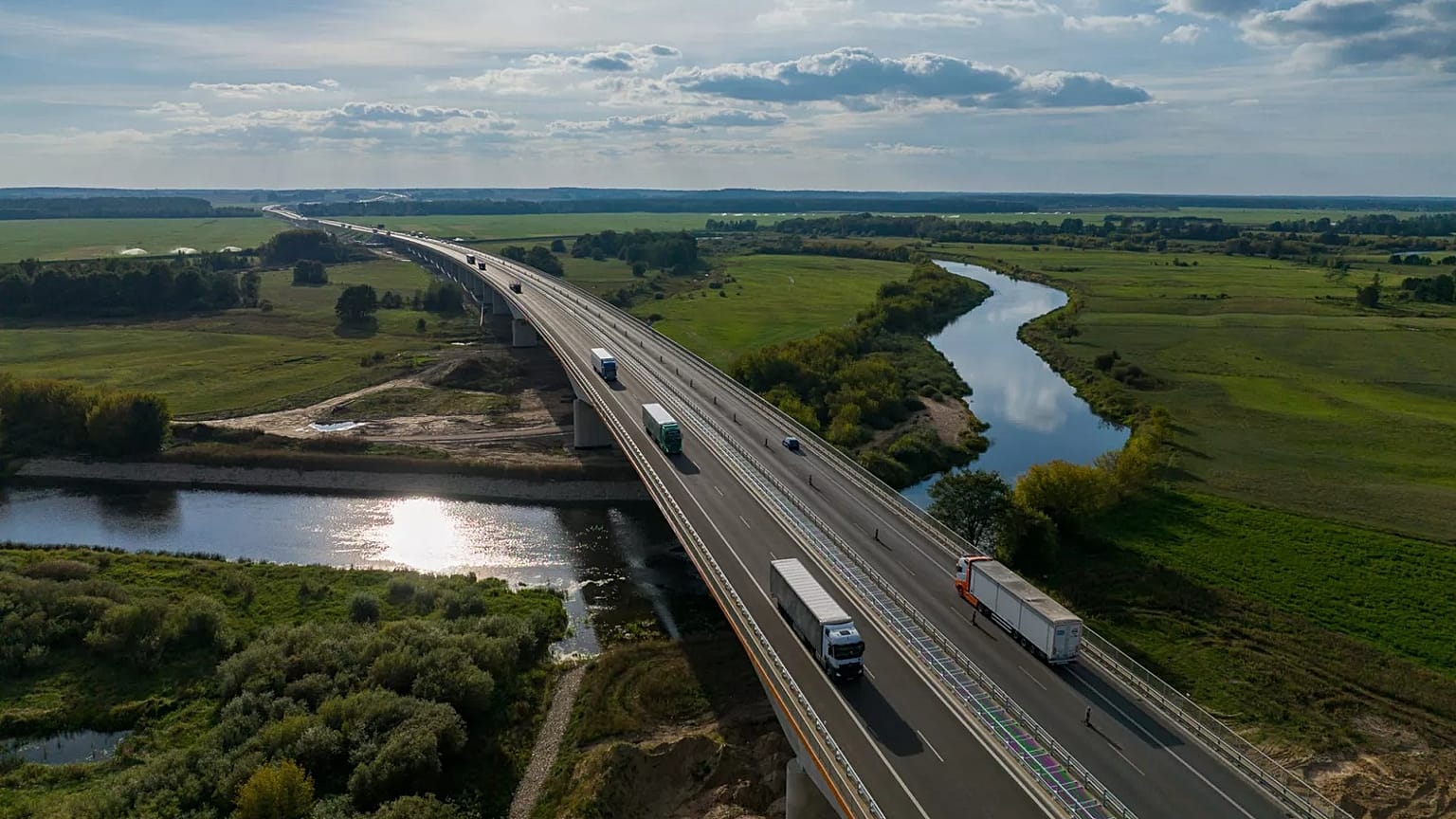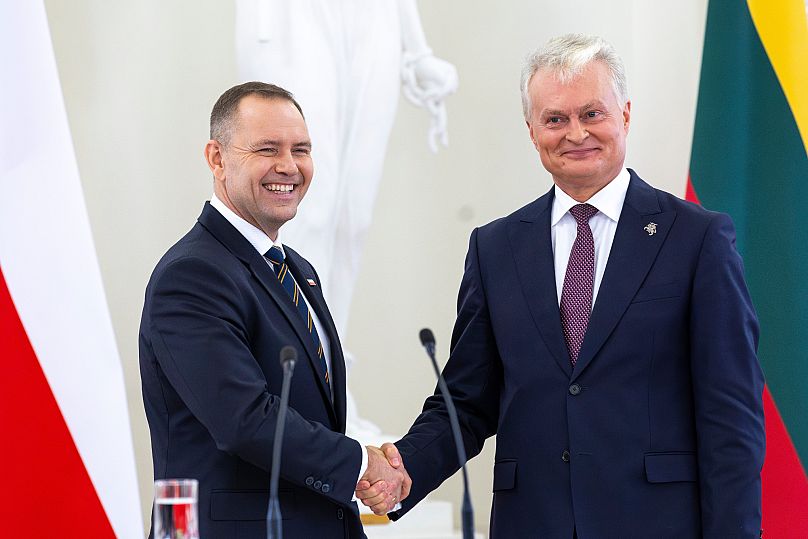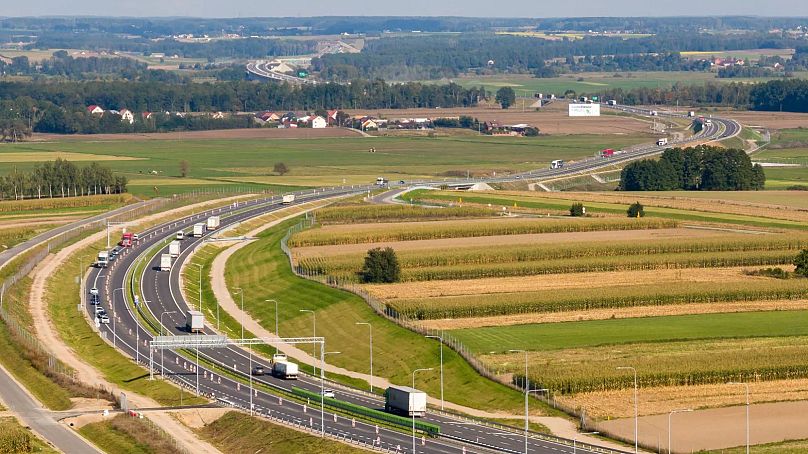Poland and its Baltic neighbours have been on high alert since multiple alleged Russian drones entered Polish territory and Russian fighter jets crossed into Estonian air space in September.
A major road connecting the three Baltic states to Poland opened on Monday at a time of rising tensions between Europe and Russia.
The road, known as Via Baltica, will pass through a narrow strip of land between Belarus and the Russian exclave of Kaliningrad called the Suwalki Gap which has often been described as a potential target if Russia were to attack NATO.
At an inauguration ceremony on the border between their countries on Monday, Polish President Karol Nawrocki and Lithuanian President Gitanas Nausėda said the road was the region's most important corridor and highlighted its role in the region's defence.
NATO troops could potentially move faster in aid of the Baltics by using Via Baltica.
"This road has a dual purpose – it will help our economy and strengthen the defence capabilities of our region," Nawrocki said.
Poland and its Baltic neighbours have been on high alert since multiple drones, thought to be from Russia, entered Polish territory and Russian fighter jets crossed into Estonian air space in September.
The 970 kilometre-long Via Baltica route starts in Poland’s capital Warsaw and passes through Lithuania, Latvia and Estonia, where it finishes in Tallinn.
The construction of the Polish section of Via Baltica took more than 10 years and cost more than 11 billion zlotys (€2.6 billion), of which almost €1 billion came from European Union funds.
It is part of the European route E67, which links Finland to the Czech Republic.
The four-lane A5 highway connecting Kaunas, Lithuania’s second largest city, with Suwalki in Poland is also a part of Via Baltica.
Several northbound sections of Via Baltica are still just two lanes and will be expanded later, Lithuania's Transportation Ministry said in a statement.
Nausėda said the road symbolises "freedom, prosperity and security," and that it "plays an extremely important economic, commercial, and logistical role in Lithuania, connecting us with the rest of the European market."
Also under construction is a companion railway project, known as Rail Baltica, the first sections of which are due to be operational by 2030.
Construction of the new 870-kilometre railway line, running from Tallinn to the Polish border began in 2019, but has been beset by delays and disputes between the Baltic governments over the routing of the line.
There have also been problems from the European Commission which considers the price tag, with costs quadrupling from the original €6 billion to €24 billion, to be too high.

















